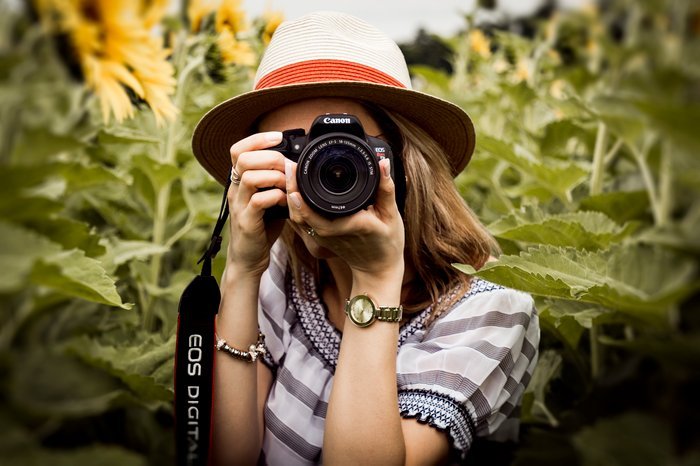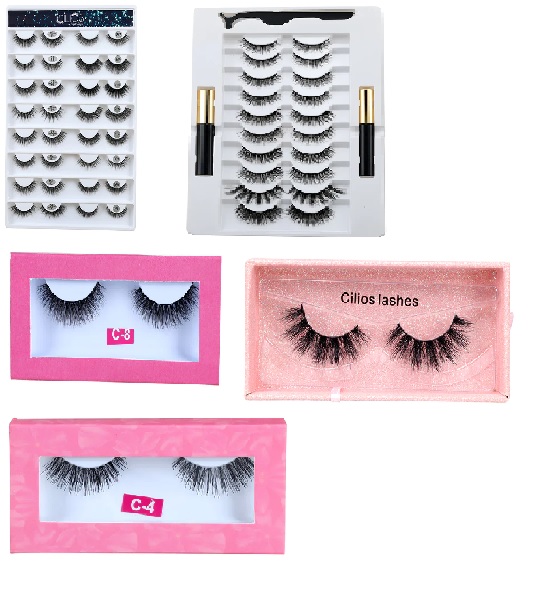The RAW format is a type of file that does not have any type of compression and therefore allows you to enjoy the maximum photo quality that your camera can display. If you plan to process your photos on your computer, you should always use this file format rather than other compressed formats like TIFF or JPEG since the RAW format has a larger exposure range.
We strongly recommend that you perform basic or “digital development” processing on all your photos before considering them finished. The most popular software for photographers for this kind of basic adjustment are Adobe Lightroom and Camera RAW, but today all camera manufacturers have their own editing software. Here we present a basic workflow that you can apply in your daily work.
RAW format: learn how to process your photos
1. Select only the best photos
In digital photography, it is very easy to go home after a photo session with the memory card full of photos. Before you start dealing with them, do a little self-criticism and select only the ones that you really think are worth the effort. Label your best photos with two or three stars, then devote your energy to treating them exclusively.
2. Crop and balance the horizon
But your best bet would still be to find the ideal composition before pressing the shutter button, which is not always possible, especially when facing a moving subject. And it's not the same thing to feel and think of a frame in a few seconds as having all the time in front of you to imagine a photo and choose a possible crop.
Digital photography offers a second opportunity for your photographic eye to compose a scene. You can use the reduction feature to offset subjects, place items in areas of interest, or eliminate parts that distract or blur the viewer's attention. Remember that downscaling reduces the quality of the photo, so use it sparingly, especially if your sensor size and megapixels aren't too many.
Photos with slanted horizons produce a very anti-aesthetic effect. Straighten your image until this horizon is parallel to the edges.
3. Correct the exposure
Even if your camera's measurement is very precise, there will be times when you can enhance the light by either underexposing or overexposing it depending on your creative choices. In the example photo, on a foggy day, a focal length of 300mm which required us to use a shutter speed of 1/350 s and a camera with underperformance of ISO from with a value of 560, forced us to make a sufficiently underexposed grip to avoid the appearance of noise and guarantee good grip stability. It was corrected without problem by overexposing to the tune of a little more than a stop during the digital development process.
Take care of the other basic settings
- Contrast: it is strongly recommended to give your photos a little more contrast by default, especially if you are using not too sharp lenses which are a little lacking at this level.
- Color temperature: Lower values ??give a cooler tone to your photo. If you correct it towards warm tones, you will get a more orange and reddish color. You can enhance warm tones in sunsets and tranquil scenes, and cool tones in water, sky, frozen scenery and also when you want to correct the yellow cast of artificial tungsten light.
- Shadows and lights: When facing scenes with excessive light difference between two shots, you can lower the light level to recover texture on strong lights and brighten shadows. But be careful: if the values ??have exceeded the left (black) or right (weak lights) limit of the histogram, this information will be unrecoverable.
Give an extra sharpness to the image
Even if you have focused your photos correctly, take advantage of the processing phase to do it again. This will help you find that the images gain that extra sharpness that you always look for when purchasing higher quality gear and lenses. Check more here.
As a starting point, you can use these values ??depending on the resolution of your photos:
- High resolution photos (300 dpi and 50 cm longer edge): radio 2; quantity 99.
- Low resolution photos (72 dpi and 20 cm longer edge): radio 0.2; quantity 500.
Choose an output format according to the usage
RAW format is an unalterable format, so changes cannot be saved in this same format. So once your photos are processed, you will need to expose them to the compressed output format. We offer you three options from which to choose as a backup format depending on the use you will make of your images:
- 16-bit TIFF: This is a very low-compressed format that allows you to maintain maximum quality and size of your photos. Choose this format when you plan to enlarge your photos a lot.
- High quality JPEG: 300 dpi, 50 cm long edge (for 24 MP sensors), 100 quality. Compressed format for phtoso intended for printing.
- JPEG low resolution: 72 dpi, 900 pixels long edge, 100. quality compressed format perfect for sending photos by e-mail or use on website.





